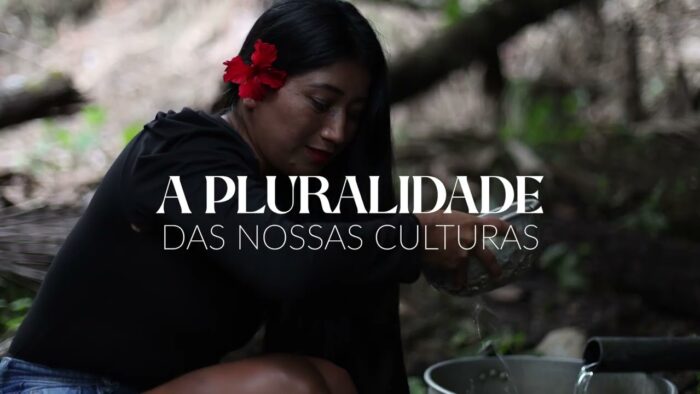Challenge A central issue and concern for the Honduran government was governance of the water supply and sanitation sector (WSS). WSS providers were locked in a vicious cycle marked by weak performance incentives, low willingness among customers to pay cost-recovery tariffs, and insufficient funding for maintenance; these conditions led to asset deterioration and squandered financial resources, which attracted further political interference and exacerbated the downward trend. This spiral began with ineffective central and local policies and lack of transparency. Since water was seen as a politically sensitive issue, local governments found it difficult to effectively balance the conflicting needs for affordability, expanded coverage to poorer communities, and the sector’s need for financial viability. Finally, users had little leverage for holding utilities accountable to meet their needs and preferences. Servicio Autonomo Nacional de Acueductos y Alcantarillados (SANAA, the National Water and Sewer Service) had historically managed and provided water supply services in approximately 30 urban centers. Under SANAA, water was rationed in most cities—available only twice a week or even less in the summer. The situation was no better in municipalities directly managing their own WSS. In 2003, Honduras passed the Drinking Water and Sanitation Sector Framework Law mandating decentralization of SANAA and transfer of its assets to the municipalities by October 2008. This law, referred to as the Ley Marco, required municipalities to set up autonomous service providers. Approach In 2004, the Honduran government, through a Public-Private Infrastructure Advisory Facility, requested World Bank technical assistance to prepare a Strategic Plan for Modernization of the Water and Sanitation Sector by designing a policy and action plan to support decentralization of local WSS services. The Bank’s global experience in water- and sanitation-sector reform and poverty targeting, as well as its comprehensive analytical work and presence in Honduras, positioned it to assist the government in its efforts to improve and strengthen the WSS institutional framework and related utilities. The Honduras Water and Sanitation Sector Modernization Project included several complex activities to support new service providers, and its straightforward, phased approach decentralized utilities through tailored, on-the-ground technical assistance. Municipalities’ population size (from 40,000 to 300,000 residents), was the only eligibility requirement for entering the project, minimizing the risk that participants would be selected on a political basis. A stepped approach required municipalities to achieve certain benchmarks before receiving financing and provided specific incentives for utilities to demonstrate better results, thus promoting competition (limited funds were available) and transparency. Results Through a combination of technical assistance and infrastructure investments, the project helped implement the sector framework law (Ley Marco) in nine small- to medium-sized cities, leading to the creation and/or consolidation of nine autonomous municipal service providers. The project met the targets of all six Project Development Objective (PDO) indicators, as indicated by National Regulator data. The following results were achieved at the utility level: · Eight WSS utilities reached full cost recovery, up from four in 2008. This improved financial sustainability resulted from utilities’ and local authorities’ combined efforts, with the support of project, to gradually increase tariffs, reduce operations costs, and improve commercial management. Improved financial management allowed providers to cover operational and management costs of new investments financed under the same project, which were not originally considered in previous tariff schemes. By the end of the project, two of the providers had become corporations operating under private law, thus enhancing their opportunities for commercial finance. · Five of the WSS utilities increased their service continuity. The project implementing unit and utilities concluded key contracts contributing to the PDO indicator service continuity. The infrastructure works helping to improve this performance on this indicator included: Well perforations. Rehabilitation of existing wells. Rehabilitation of water plants. Provision of water tanks to the utilities. · All investments were combined with strategies to optimize water distribution in urban areas.


